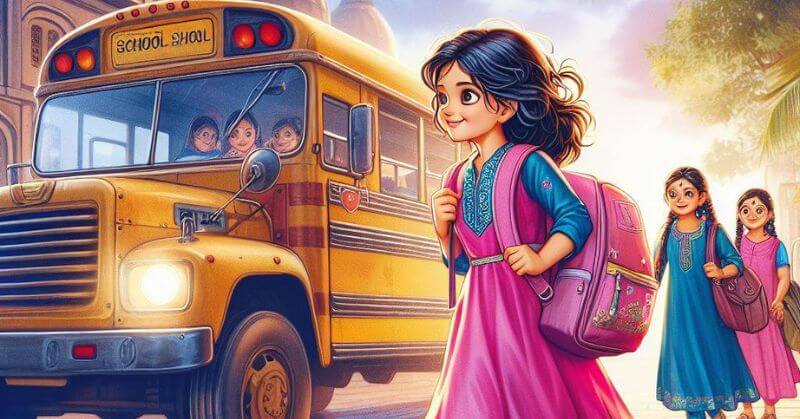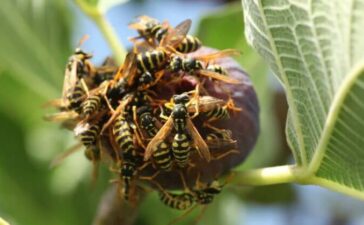In India, there are 896 girls for every 1000 males in the sex ratio at birth (SRB). The significant disparity in the number of girl children is not a typical occurrence; instead, it is the outcome of the dominant patriarchal system. Governments have listened, and in the last several decades, some excellent work has been done to improve girls’ lives and introduce various government programs for them. Let’s examine the top ten government girl child schemes that aim to encourage India to cherish and support girls.
1. Beti Bachao, Beti Padhao

On January 22, 2015, Prime Minister Narendra Modi launched the Beti Bachao Beti Padhao (BBBP) Scheme in Panipat, Haryana. This program’s primary goals are to safeguard girls from social issues, including gender-based abortions, and to advance girl-child education globally.
The Beti Bachao, Beti Padhao is an all-encompassing program in India designed to address the nation’s deteriorating Child Sex Ratio (CSR) and associated problems with women’s empowerment. On March 8, 2018, the Prime Minister of India started the All India Expansion of the BBBP in Jhunjhunu, Rajasthan, after seeing an improved trend in the Sex Ratio at Birth (SRB) in 161 implementing districts. On it, the Ministries of Human Resource Development, Health and Family Welfare, and Women and Child Development worked together.
The BBBP Scheme is a centrally managed program that gives the district-level component all financial support; money is delivered straight to the DC or account to guarantee the seamless operation of the scheme. This is not an immediate financial gift but an instructional program to alter socioeconomic views.
The following are the main goals of this initiative for the welfare of girls:
- Stopping selective abortions based on a woman’s gender
- Preserving the safety and well-being of female infants
- Ensuring education and inclusion for girls
- Promoting gender parity and dispelling gender stereotypes
- Giving girls a secure and stable environment
- Endorsing the property rights of females
Qualifications to be taken into consideration for the Beti Bachao Beti Padhao plan, the following requirements must be fulfilled:
- A home with girls less than ten years old.
- Any bank should open a Sukanya Samriddhi Account (SSA) in the girl child’s name.
- India is where the girl child should be born. Indians who are not residents cannot use this system.
2. CBSE Udaan Scheme
The CBSE Udaan plan for girls is managed and administered by the Central Board of Secondary Education in partnership with the Government of India’s Ministry of Human Resource Development. This program aims to enhance the proportion of female students enrolled in esteemed engineering and technical institutes throughout India.
The scheme’s principal elements are:
- For girls in the eleventh and twelfth grades, free course materials and internet tools, like instructional videos.
- Virtual classes are offered on weekends to girls enrolled in grades 11 and 12.
- Career and peer education possibilities for worthy female students.
- Access study support and clarification services by calling a toll-free hotline.
- She was regularly keeping an eye on and recording students’ progress.
Qualifications:
- The program is available to those with an average of 70% in class 10.
- They must have received at least an 80% in math and science.
- The student who is opting out must have a minimum GPA in science and math of 8 and 9.
3. Balika Samridhhi Yojana
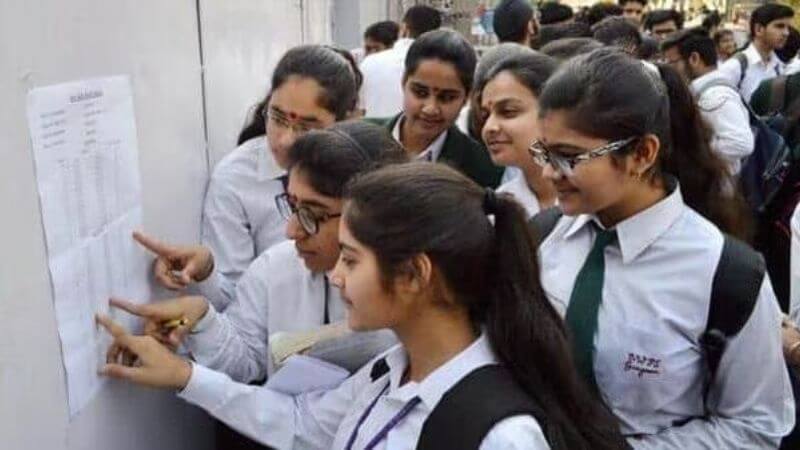
A scholarship program called the Balika Samriddhi Yojana offers financial assistance to underprivileged adolescent girls and their families. Raising girls’ social status, advancing their marriageable age, and increasing enrolment in school are the program’s main goals.
Both rural and urban regions can participate in this female child benefit program. All eligible beneficiaries receive a financial prize once a girl child is born. A girl child will after that, get an annual scholarship worth between Rs. 300 and Rs. 1000 while she is still in school.
Until she becomes eighteen, the daughter will withdraw the remaining funds from the plan. You can get the Balika Samriddhi Yojana application form from the Women & Child Development Department’s website for free.
Qualifications:
- The young girl must be a part of a family.
- The girl children must be born on August 15, 1997, or later.
4. Sukanya Samriddhi Yojana (Small Deposit Scheme For The Girl Child)
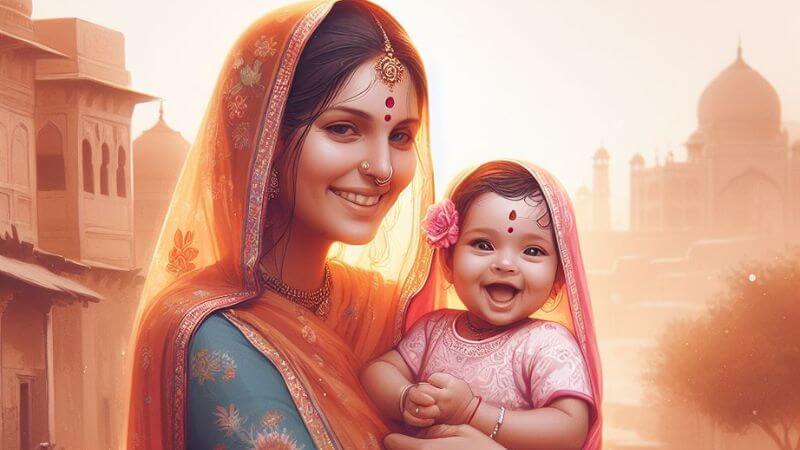
One of the main reasons why girls face sexism is because of the dower and other expenses related to marriage. Parents of girl children can participate in the government-sponsored Sukanya Samriddhi Yojana (Women Child Prosperity Account) savings scheme. The initiative assists parents in saving money for the future marriage and college costs of their female kids. Any India Post office or commercial bank branch with central government approval is able to open accounts.
Under this scheme, 1.26 crore accounts have been opened, worth roughly 20,000 crores. In less than three years, this plan has become a huge hit.
Qualifications:
- The girl child must be younger than or equal to ten years old.
- You can choose to participate in the program anytime from birth to age ten.
5. Ladli Scheme And The Kanya Kosh Scheme
Haryana had the worst birth-to-sex ratio in India in 2011 (834 females for every 1000 persons). The state administration changed the situation on the ground by taking several actions. They started the Ladli plan, which gives all parents whose second girl child is born on or after August 20, 2005, a cash prize of Rs. 5000/-per year for a maximum of five years, irrespective of caste, creed, religion, wages, or the number of sons.
The “Kanya Kosh” project, introduced in 2015 by the Haryana government led by Manohar Lal Khattar, proved to be a great success. This system now encompasses the first sibling as part of its enlarged scope. A total of Rs 21,000 will be deposited at the birth of the first female child. The remaining amount would increase to Rs one lakh once the girl turns eighteen.
Qualifications:
- The girl child must be born on August 30, 2005, or later.
6. National Scheme Of Incentives For Girls Of Secondary Education
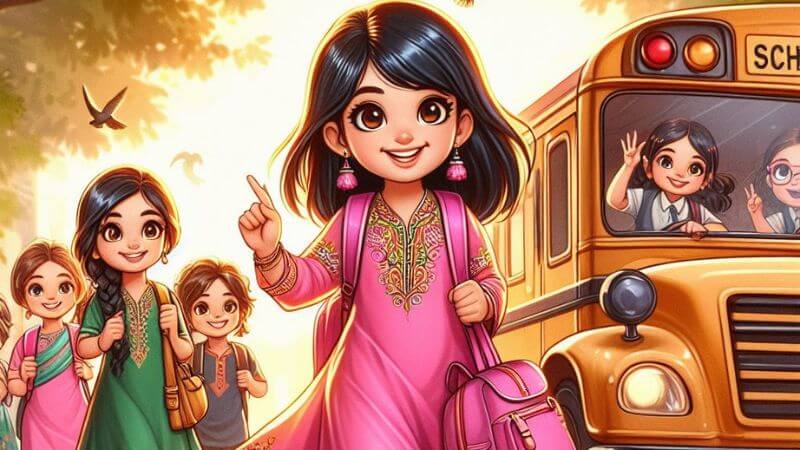
The Human Resource Development Ministry of the Government of India’s Department of School & Literacy runs a nationwide initiative to encourage females to pursue secondary school. The program’s main goal is to assist girls from India’s underprivileged classes and provide them with the means to finish their secondary education. Under the initiative, a worthy girl would receive Rs. 3,000 as a fixed deposit, which she can take with interest after she turns 18 and passes her tenth-grade exam.
Qualifications:
- The girl child needs to be single.
- less than sixteen years old
- The applicant ought to have been enrolled in the ninth grade after passing the eighth.
- Must be enrolled in a school receiving government assistance.
7. Ladli Laxmi Yojana Of Madhya Pradesh
The Madhya Pradesh state government’s “Ladli Laxmi Yojana” aims to improve girls’ health and educational status in the state. It seeks to discourage female foeticide by instilling in people a good mindset toward girl puberty and avoiding child marriages.
After the beneficiary has been selected and authorized, National Savings Certificates worth Rs. 6,000/- are acquired in their name continuously for five years.
The beneficiary receives Rs. 2000 at the time of admission to 6th grade, Rs. 4000 at the time of admission to 9th grade, and the remaining balance is charged as a lump sum until the beneficiary reaches the age of 21 and appears in the 12th-grade test.
An essential requirement for receiving the money at the age of 21 is that the girl has not been married until the age of 18.
Eligibility:
- The girl child’s parents must belong to the State of Madhya Pradesh
- The amount is only released if the child is not married off within the age of 18
- Discontinuing education will not be considered
- The scheme is valid for only one child below the poverty line
8. Karnataka Bhagyashree Scheme
The Karnataka government’s Bhagyashree Scheme encourages the birth of girls in low-income households. The Karnataka government offers financial aid to girl children through health care coverage up to a limit of Rs. 25,000 per year and an annual scholarship of Rs. 300 to Rs. 1000 up to class ten.
Eligibility:
- Girl children born after March 31, 2006, are eligible.
- The scheme is for two girls.
9. Mazi Kanya Bhagyashree Scheme From The Government Of Maharashtra
Mazi Kanya Bhagyashree is a Maharashtra government program aimed at improving the lives of girls from low-income families and other marginalized groups. The mother of a girl child gets Rs. 5,000 per year for the first five years after the child is born under the system. Following that, the child’s family receives financial assistance of Rs. 2500 per year before she is enrolled in 5th grade.
Following that, the financial assistance for the aforementioned girl child will be raised to Rs. 3000 a year before she enrolls in class 12. She is entitled to Rs. 1 lakh a year for her schooling until she reaches the age of 18.
Eligibility:
- Families with up to 7.5 percent of annual income are eligible for this scheme.
10. Chief Minister’s Girl Child Protection Scheme Of Tamil Nadu
One of the girl child schemes in India is Tamil Nadu’s Chief Minister’s Girl Child Protection Scheme. It aims to prevent gender inequality by empowering and securing girl children’s rights through direct government spending.
If the family only has one girl child, a sum of Rs. 50,000 is deposited in her name as a fixed deposit with the Tamil Nadu Power Finance and Infrastructure Development Corporation Limited if the girl child is born on or after January 8, 2011.
If the family only has two female daughters, a Rs. 25,000 fixed deposit is opened in each name.
From the sixth year of the deposit, the girl child receives an annual incentive of Rs. 1800 to help her pay for her schooling. The deposit is extended every five years, and when the girl child reaches the age of 18, the balance invested, plus interest, is given to her. However, to receive this privilege, the girl child must sit for the public test in the tenth grade.
Eligibility:
- The girl child must be born on or after January 01/08/2011.
- It applies to families with one girl child.
These are the top 10 government girl child schemes in India. Were you aware of these government girl child schemes in India? Let us know your thoughts in the comment below.
Follow Us: Facebook | Instagram | Twitter |
Youtube | Pinterest | Google News |
Entertales is on YouTube; click here to subscribe for the latest videos and updates.


